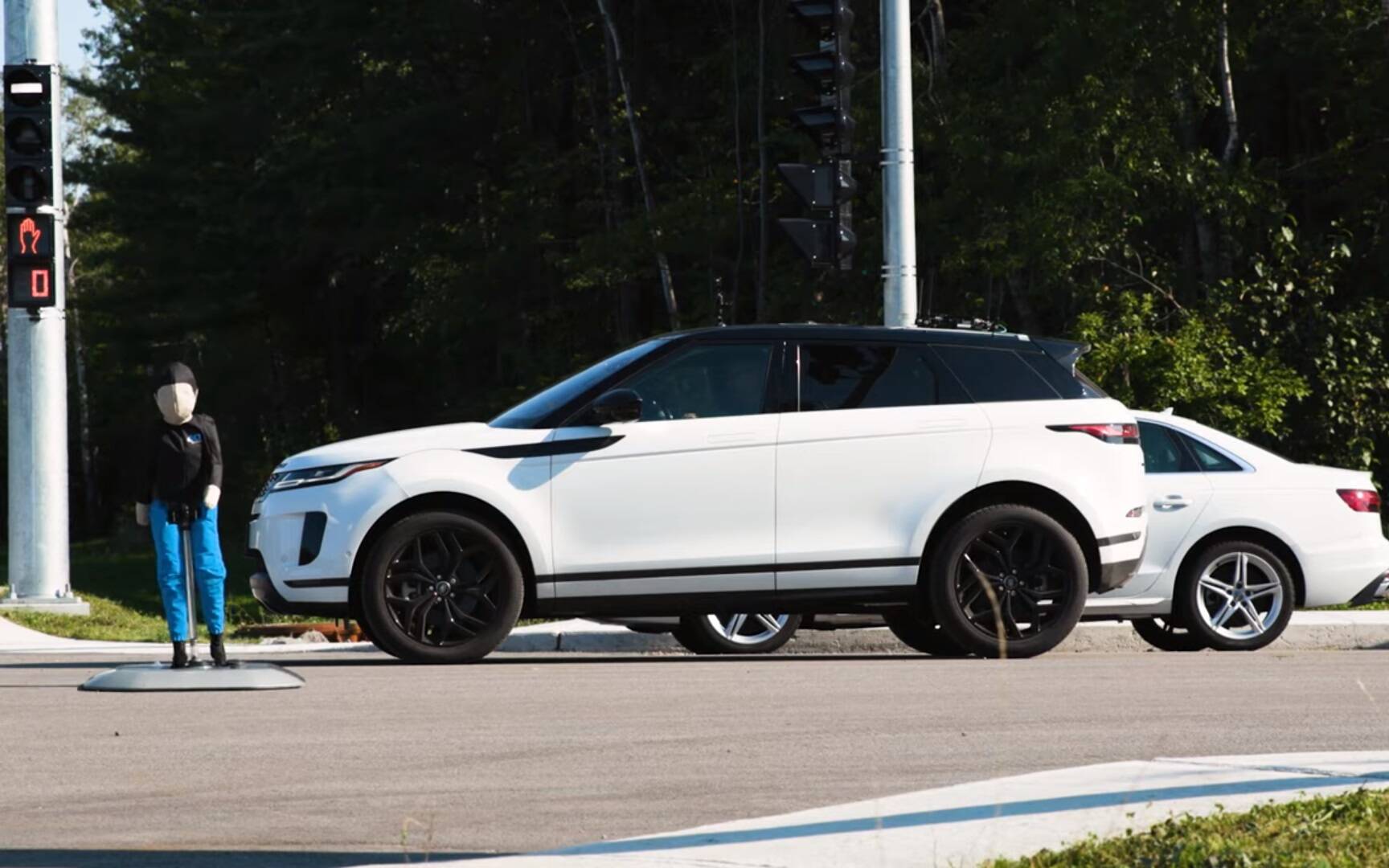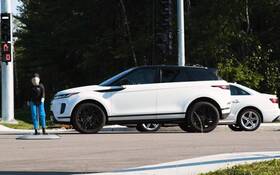Watch: Here’s How Transport Canada Tests Collision Prevention Systems
Advanced driver assistance systems (ADAS) are increasingly finding their ways into cars and trucks. Their capabilities are also expanding pretty fast, but that doesn’t mean drivers should trust them completely.
There is no such thing as a full self-driving car—and there won’t be for quite some time—despite what some of the names given to these systems may lead you to think. The person sitting behind the wheel must still keep their attention on the road at all times and be ready to take over full control of the vehicle.
- Also: Car Owners Report Issues With Repaired Driver Assistance Features
- Also: Ford’s BlueCruise Leads Best Driver Assistance Systems in 2023
ADAS go through extensive testing, of course, not only from automakers but also from Transport Canada, whose Motor Vehicle Test Centre in Blainville, Quebec runs critical tests to assess the operation and limitations of various collision prevention technologies.
Transport Canada recently posted a video that shows how these evaluations go down:
Mock-up roads and intersections complete with traffic lights and test dummies for pedestrians, cyclists and motorcyclists are used to simulate real-world traffic scenarios. Speaking of the real world, did you know that four pedestrians and one cyclist die every week across the country?
Transport Canada is assisted by PMG Technologies, a leading vehicle research company that provides world-class expertise and specialized equipment including sensors, cameras and computers to collect and analyze data. The vehicle’s brakes, throttle and steering are controlled by robots that can repeat the same exact driving manoeuvres again and again, which is critical. A technician sits in the driver’s seat merely for monitoring purposes.
One of the tests simulates a child running across the street at the last second, prompting the automatic emergency braking system to intervene. In another test, the vehicle starts to make a left turn with a motorcyclist coming in the opposite direction.

“It’s important to remember that (ADAS) have limitations. These limitations can be affected by the angle of the sun, if it rains or if it snows. It’s not a perfect solution, it doesn’t work everywhere,” says Dominique Charlebois, a senior crash avoidance research engineer with Transport Canada. « That’s why these tests are very important. They enable us to better understand the benefits of this type of technology, how (the systems) will perform in a real-world environment, while doing it safely on the test track.”
The results of the tests can ultimately help Transport Canada set new safety standards in both vehicle and road design.









